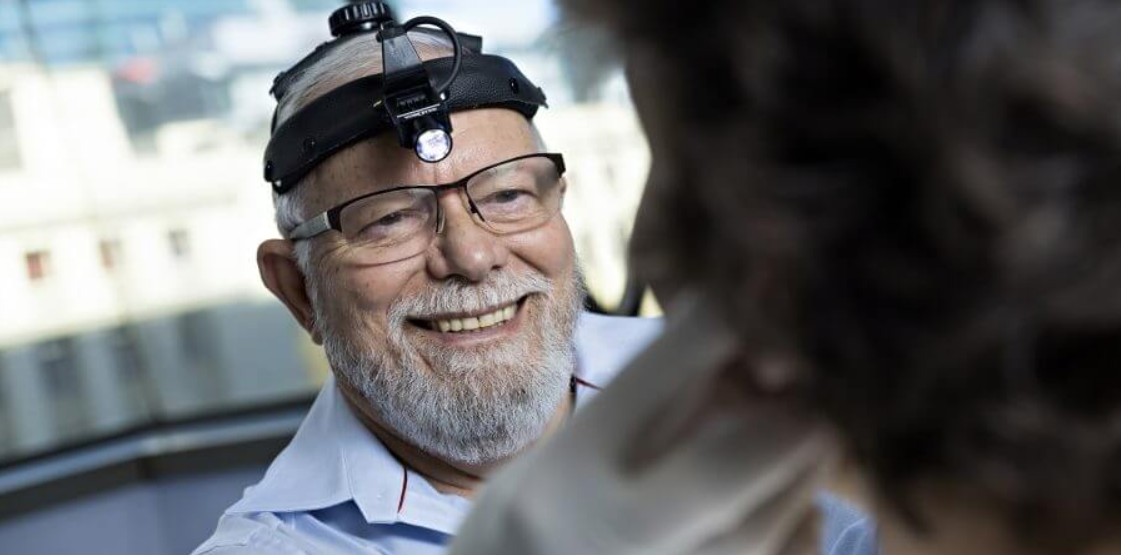Sedation Options for Tooth Removal: What’s Available in Brisbane?

Tooth removal, whether due to decay, damage, or other dental issues, can be a source of anxiety for many patients. Fortunately, modern dentistry offers a variety of sedation options to ensure that patients in Brisbane can undergo the procedure with minimal discomfort and stress. Understanding the available sedation methods and discussing them with your dentist can help you make an informed decision about what’s best for your situation.
1. Local Anaesthesia: The Most Common Option for Tooth Removal
Local anaesthesia is the most widely used sedation method for tooth removal Brisbane. This type of anaesthesia numbs only the area around the tooth being removed, ensuring that the patient feels no pain during the procedure. Local anaesthesia is typically administered via an injection or gel, which allows the dentist to perform the extraction without causing discomfort.
One of the key benefits of local anaesthesia is that it is generally quick-acting and has a short recovery time. Patients remain conscious throughout the procedure and can communicate with the dentist if needed. Although the area around the extraction site will be numb, patients may still feel some pressure during the procedure. However, most people find this sensation to be more uncomfortable than painful.
Local anaesthesia is ideal for routine tooth extractions and less complex procedures, and it allows patients to go about their day shortly after the treatment. However, for those who experience high levels of dental anxiety, other sedation options might be more appropriate.
2. Oral Sedation: A Mild Option for Relaxation
Oral sedation involves the administration of a sedative pill or liquid taken prior to the procedure. This type of sedation helps to relax the patient and reduce feelings of anxiety. Oral sedation does not numb the area directly, so it is often used in conjunction with local anaesthesia to ensure both pain relief and relaxation.
The sedative used in oral sedation is typically in the form of a benzodiazepine, such as diazepam (Valium), and is prescribed by the dentist to be taken an hour before the appointment. While patients remain awake and responsive, they often feel drowsy and relaxed, which helps them to stay calm during the procedure.
One advantage of oral sedation is its simplicity. The medication can be taken at home before the appointment, and patients do not need to worry about injections. However, oral sedation may take longer to wear off, so patients are advised not to drive or operate heavy machinery until the effects have fully dissipated.
3. Intravenous (IV) Sedation: Deeper Relaxation for More Complex Extractions
IV sedation is a deeper form of sedation that involves administering medication directly into the bloodstream through an intravenous line. This method is often used for more complex tooth removals or for patients who experience severe dental anxiety.
The key benefit of IV sedation is that it works quickly, and the effects can be adjusted during the procedure. Patients feel deeply relaxed and may even enter a state of "conscious sedation," where they are awake but less aware of their surroundings. Some people may even fall asleep, although they can still be easily awakened if necessary. This level of sedation is highly effective in managing both anxiety and pain.
IV sedation is typically administered by a trained anaesthetist or dentist with advanced training, and patients are closely monitored throughout the procedure to ensure their safety. As with oral sedation, patients are advised not to drive or engage in strenuous activity after the procedure due to the lingering effects of the sedation.
4. General Anaesthesia: For More Extensive Procedures or Severe Anxiety
General anaesthesia is the most intense form of sedation and is usually reserved for very complex tooth extractions or for patients with severe dental anxiety or phobias. With general anaesthesia, the patient is completely unconscious throughout the procedure and will feel no pain or discomfort.
This level of sedation is typically administered through an injection or gas that induces sleep. As a result, the procedure can be performed without the patient being aware of what’s happening. General anaesthesia is usually done in a hospital or specialist facility, and it requires close monitoring by anaesthesiologists or dental specialists to ensure patient safety.
Although general anaesthesia can be very effective, it carries higher risks compared to other forms of sedation. Due to the nature of the procedure, general anaesthesia is typically recommended only when absolutely necessary, as the recovery time and post-procedure monitoring are more extensive.
5. Nitrous Oxide (Laughing Gas): A Mild Sedation Option
Nitrous oxide, also known as laughing gas, is a mild sedative commonly used for tooth removal procedures in Brisbane. The gas is inhaled through a mask placed over the nose and helps to induce a sense of relaxation and euphoria. Nitrous oxide is often used for less invasive procedures or for patients who are mildly anxious.
The effects of nitrous oxide are quick to wear off once the gas is stopped, allowing patients to resume normal activities shortly after the procedure. While it is effective for reducing anxiety and discomfort, nitrous oxide does not provide complete pain relief, so it is usually used in conjunction with local anaesthesia for more thorough pain management.








